FARE is partnering with The University of Queensland (UQ) for a three-year study to better understand how young people are targeted by alcohol companies via social media.


FARE is partnering with The University of Queensland (UQ) for a three-year study to better understand how young people are targeted by alcohol companies via social media.

New research published today in the Australian and New Zealand Journal of Public Health has found that Australian children are exposed to enormous volumes of alcohol advertising during live sports broadcasts each year.
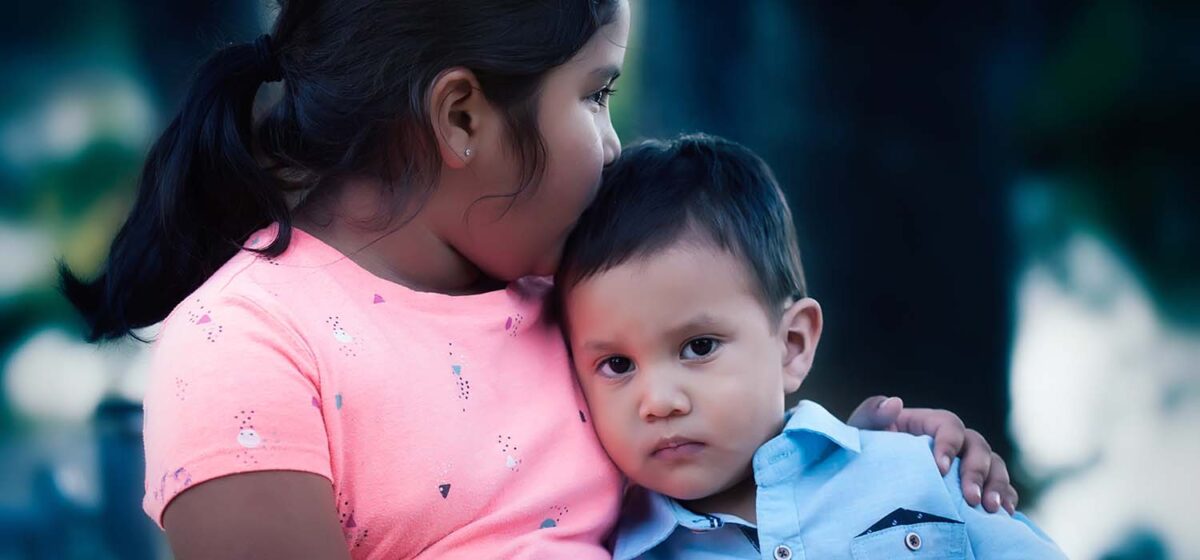
More than 80 community leaders and organisations have signed an open letter to Treasurer, the Hon Josh Frydenberg MP, calling on the Government to abandon any plans to cut the price of alcohol because of the risk to the health, wellbeing and safety of Australians.
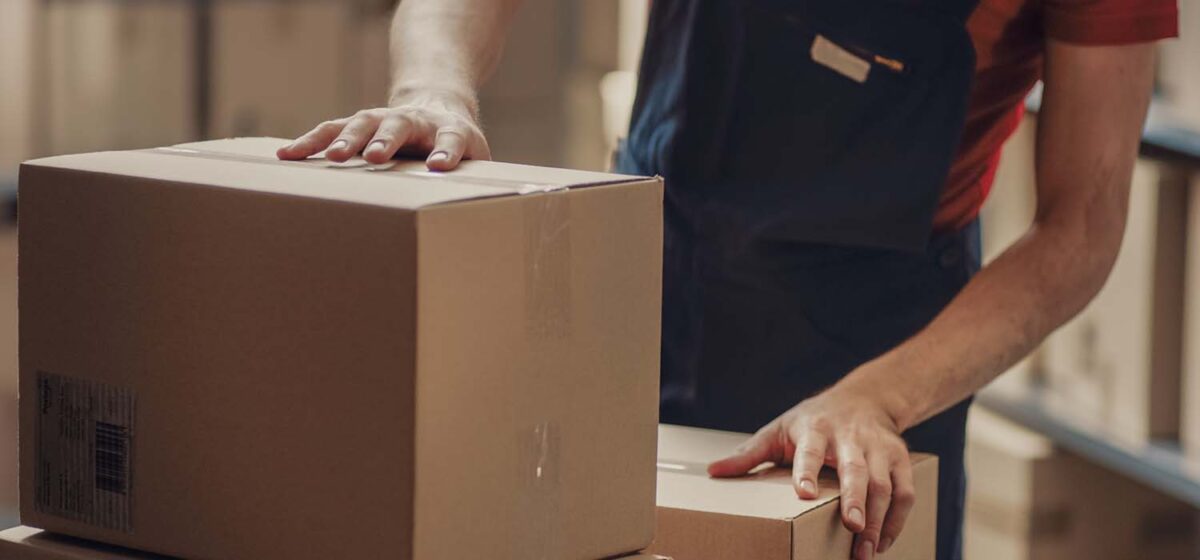
A new report by FARE has confirmed more alcohol is flowing into the homes of Australians than ever before, causing concerns for increased harms to families and communities

FARE and Cancer Council ACT are reminding people that by reducing your drinking, you can reduce your risk of cancer
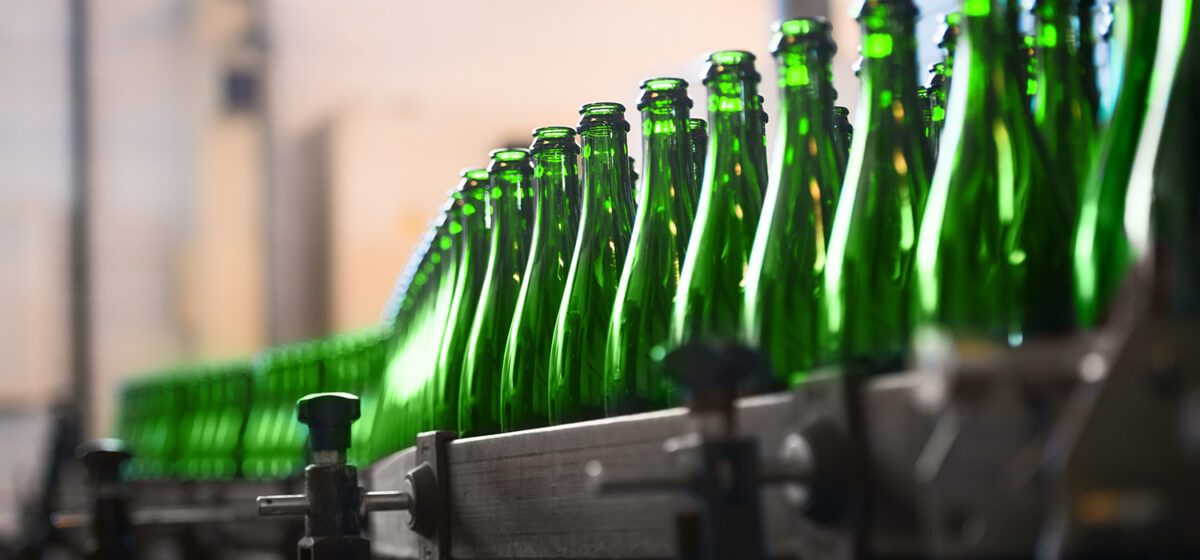
Alcohol companies and their lobby groups are systematically working to undermine and water down global alcohol policies that would reduce the harms associated with their products, according to a new report

FARE has released new resources to support people thinking about cutting back on or stopping drinking alcohol this New Year.
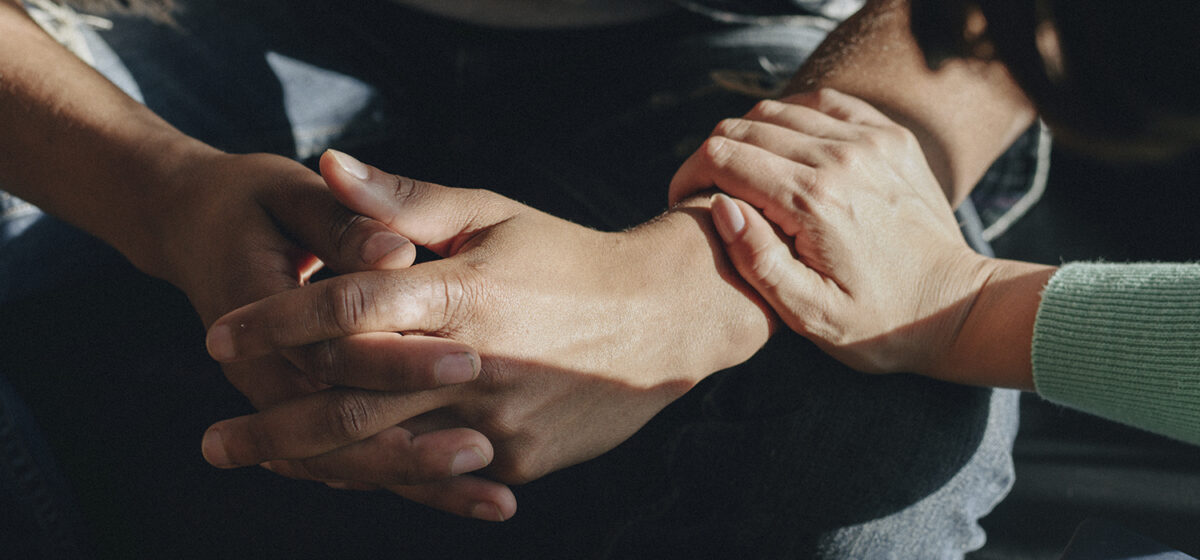
Holidays can be a stressful and difficult time for some, which can lead to increased alcohol use and harm.
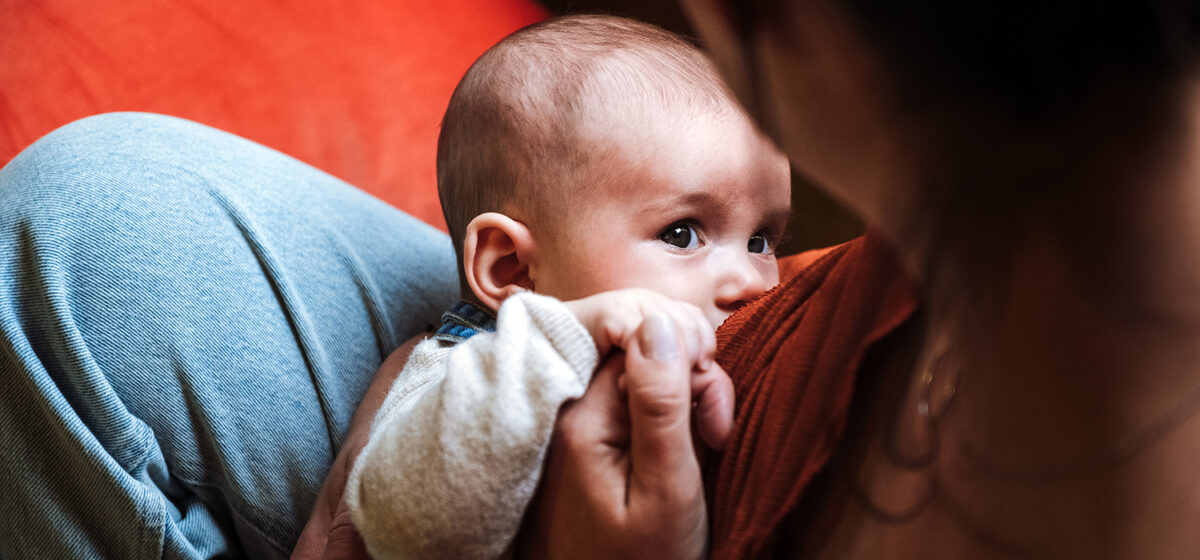
More than one in four Australian women (29 per cent) who are pregnant, planning a pregnancy, or would consider having a baby are unaware that drinking alcohol during pregnancy could cause FASD.

The health and wellbeing of our communities will be at risk from increasing alcohol harm if the Victorian Parliament fails to amend the Liquor Control Reform Amendment Bill 2021 later this month.
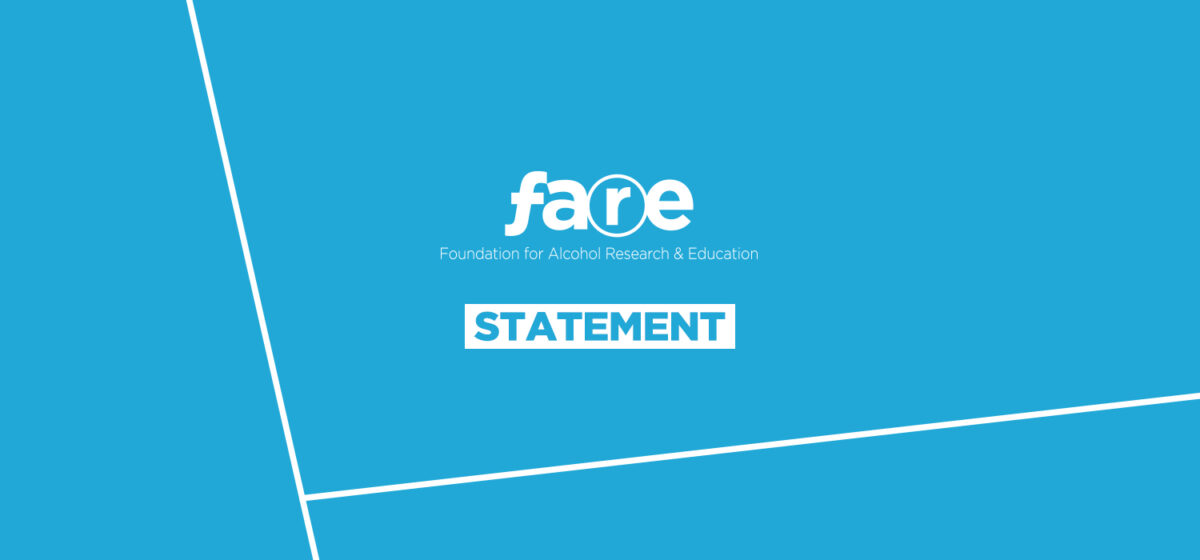
The Board and Staff of the Foundation for Alcohol Research & Education (FARE) thank Mr Andrew Fairley AM for his dedication and commitment to an Australia free from alcohol harms, as he retires today after more than eight years as FARE’s Chair.
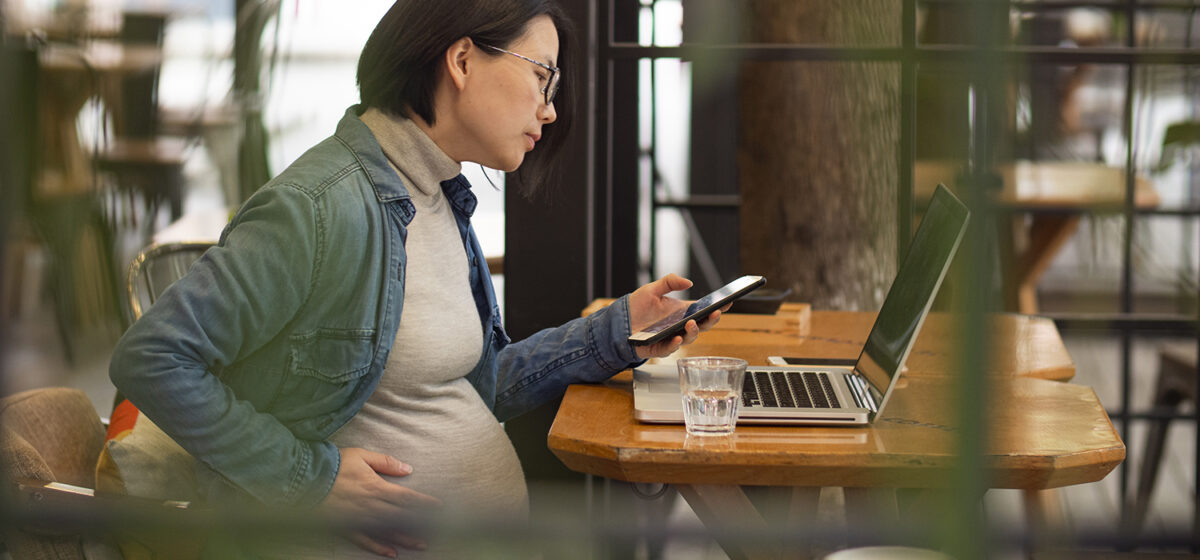
This International FASD Awareness Day, the FARE and NOFASD are calling on Australians to contribute to the prevention of FASD